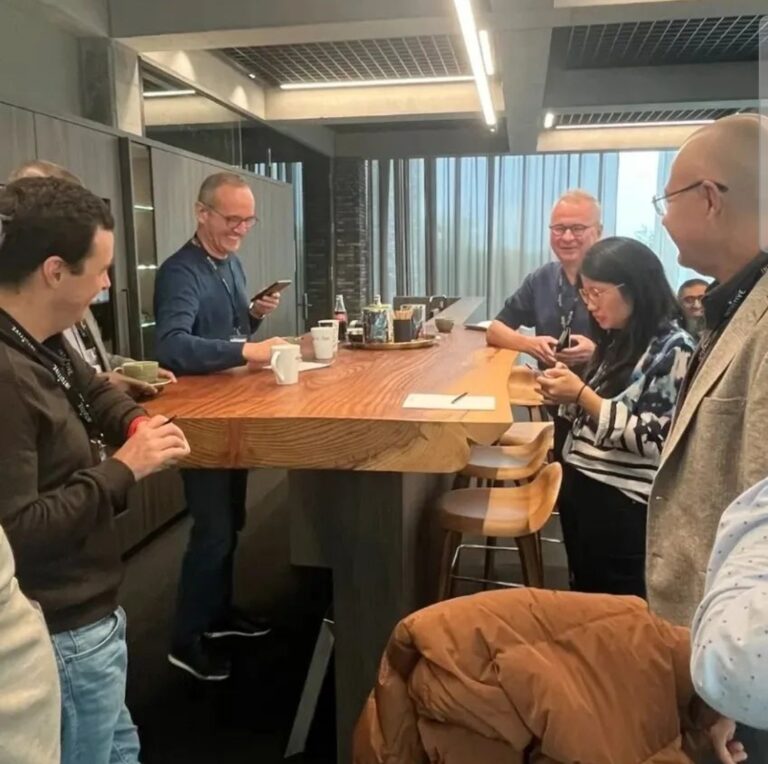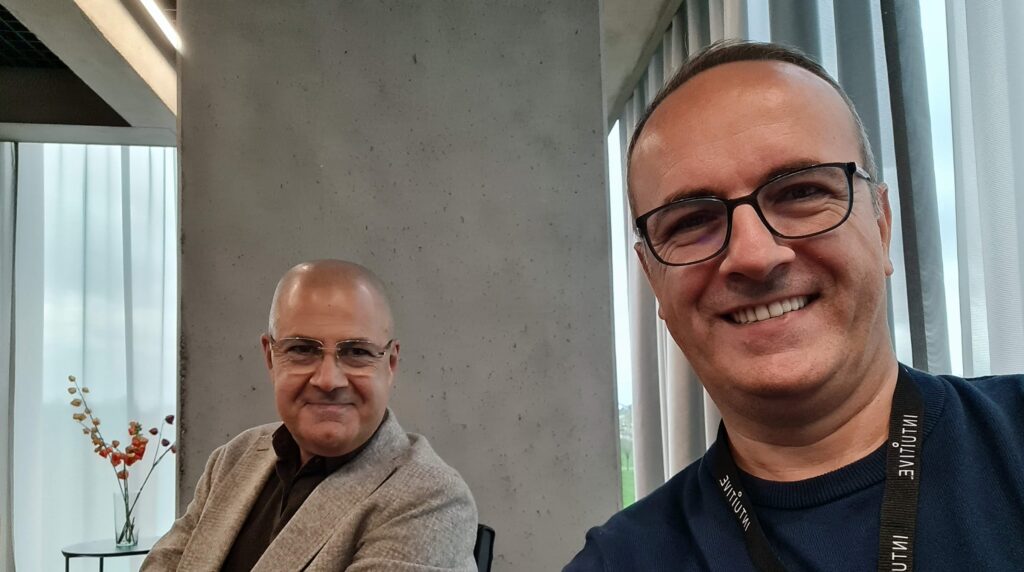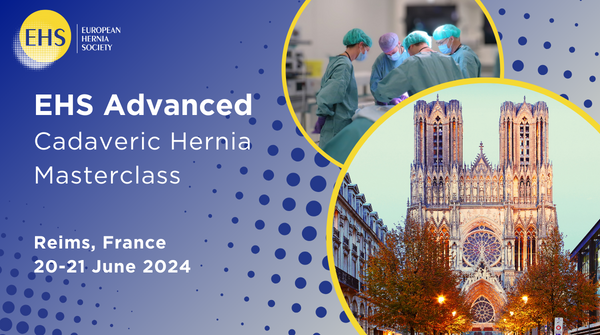Robotic AW Surgery Course Report
Manchester and Ghent, October-November 2022
‘Robotic platforms will invade OR’
My name is Hakan Gök. I am a surgeon based in Istanbul, Turkey, working at a hernia surgery center called Hernia Istanbul®. I participated in two robotic abdominal wall and hernia surgery courses co-organized by the European Hernia Society (EHS) and Intuitive Surgical.
Since my residency, I’ve been keenly interested in hernia surgery, and this interest has only grown stronger over time. While abdominal wall hernia repairs are among the most frequently performed surgeries in the field of general surgery, I realized that there is still much progress to be made when you see the outcomes. I focused on advancing my career in this direction.
Robotic-assisted surgical procedures have been exponentially growing in recent years, with hernia surgery being the fastest-growing sub-specialty. Of course, there is a learning curve. It starts with theoretical simulator training, wet labs, and cadaver courses, followed by robotic inguinal hernia repairs, primary ventral hernias, and eventually complex hernias and component separation techniques. Progressing with a proctor in some of these is key to success.
The robotic platform enables the successful application of minimally invasive techniques in complex hernias. It allows for easier and faster completion of surgeries that were both challenging and time-consuming laparoscopically. This benefits both the patient and the surgeon in terms of ergonomics.
However, I’d like to emphasize that, just like in any other surgery, mastering abdominal wall anatomy and mastering the techniques, intricacies, and nuances are essential.
I witnessed the transition from conventional surgery to laparoscopic surgery, known as minimally invasive surgery, in the early 90s. Now, it is clear that the next frontier of this progress is in robotic-assisted platforms. We need to embrace robotic surgery. Particularly in hernia surgery, as Dr. Filip Muysoms put it, ‘the more complex the hernia, the more benefit from the robotic platform.’ With these thoughts in mind, I endeavored to enhance my robotic surgical practice.
In Istanbul, I first obtained my console surgeon certification by attending technical courses and lectures on the Vinci system platform. Then, I applied and was accepted to the two courses organized by EHS, as mentioned above. In Manchester, during the EHS Annual Congress in October 2022, the course was planned for a full day, divided into two sections: inguinal and ventral hernias. Under the guidance of Dr. Filip Muysoms from Belgium and Dr. Ulrich Dietz from Switzerland, both highly experienced in both hernia surgery and the robotic platform, I received training. In addition to the theoretical training, we performed robotic hernia repairs using the Vinci robotic simulator on Dr. Dietz’s ingenious inguinal hernia model. Three weeks later, I attended the course at ORSI in Belgium. Again, in a similar format, this time we focused on practical training on porcine models, especially in ventral hernia repair. We executed key steps like dissecting the extraperitoneal space, defect repair, mesh placement, and peritoneal closure. Our instructors were again Dr. Filip Muysoms from Belgium and Dr. Ihsan Inan from Switzerland. Both were highly experienced, and their presentations and contributions in the lab were outstanding. In such one-on-one interactions, you always learn something new. I’d like to provide a great example of this: Dr. Inan shared a video of the stitching technique he applied in repairing diastasis during his presentation, demonstrating its effectiveness in preventing inward folding of the skin. We discussed this, and I immediately shared it on social media. It spread so quickly that pioneers in eTEP surgery adopted this technique right away. We named the technique ‘Inan inverting suture technique.’ Here’s the link for reference – https://x.com/hgok/status/1589190922851725312?s=20.
In both courses, I established warm conversations and formed good friendships with fellow participants. We engaged in enriching knowledge exchanges during meals as part of the social program. We shared our contact information and have stayed in constant touch.
I am grateful to EHS for providing me with this opportunity and for supporting my development in abdominal wall surgery.
Hakan Gök, MD, FEBS AWS – #IamEHS
Istanbul, 15 October 2023


